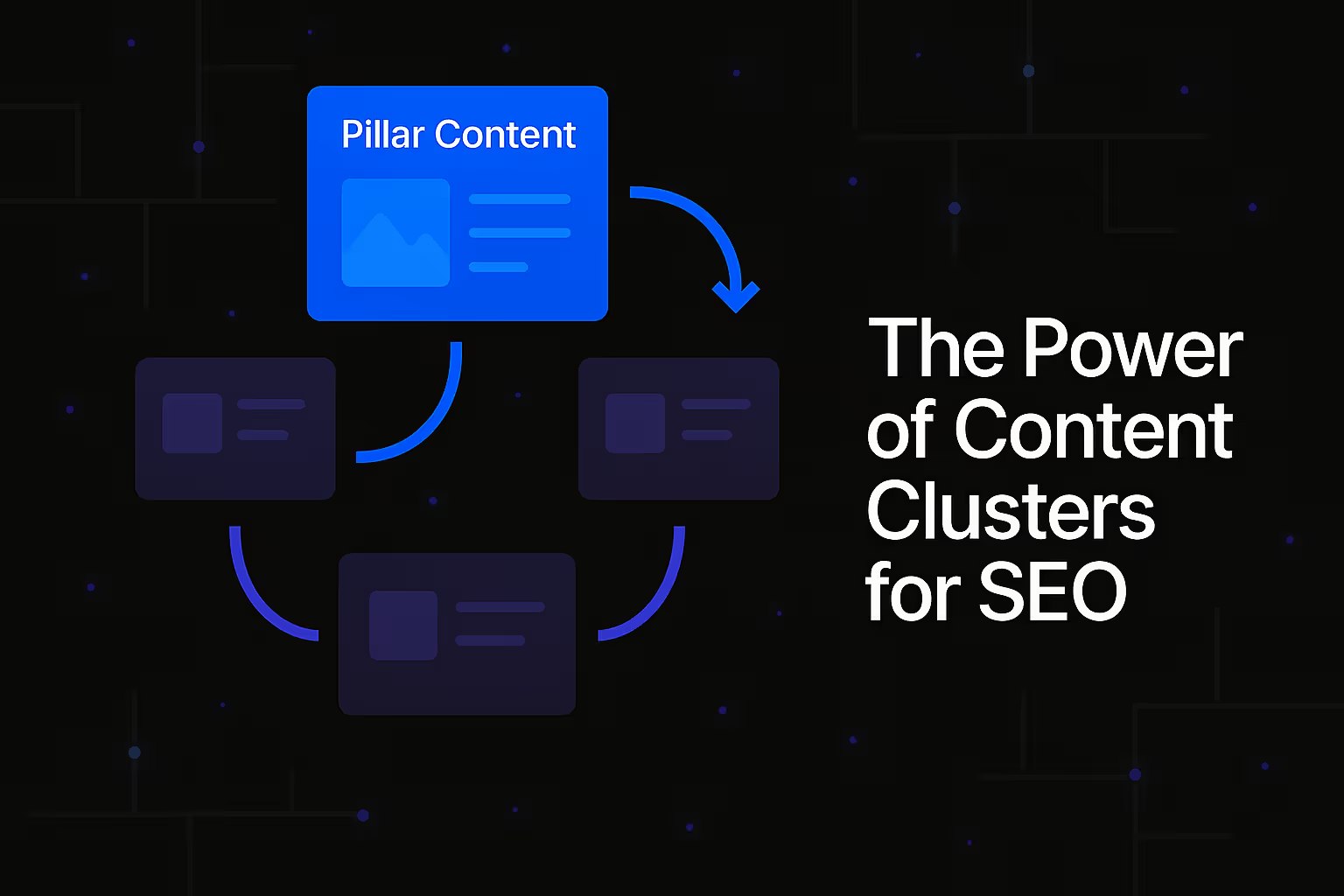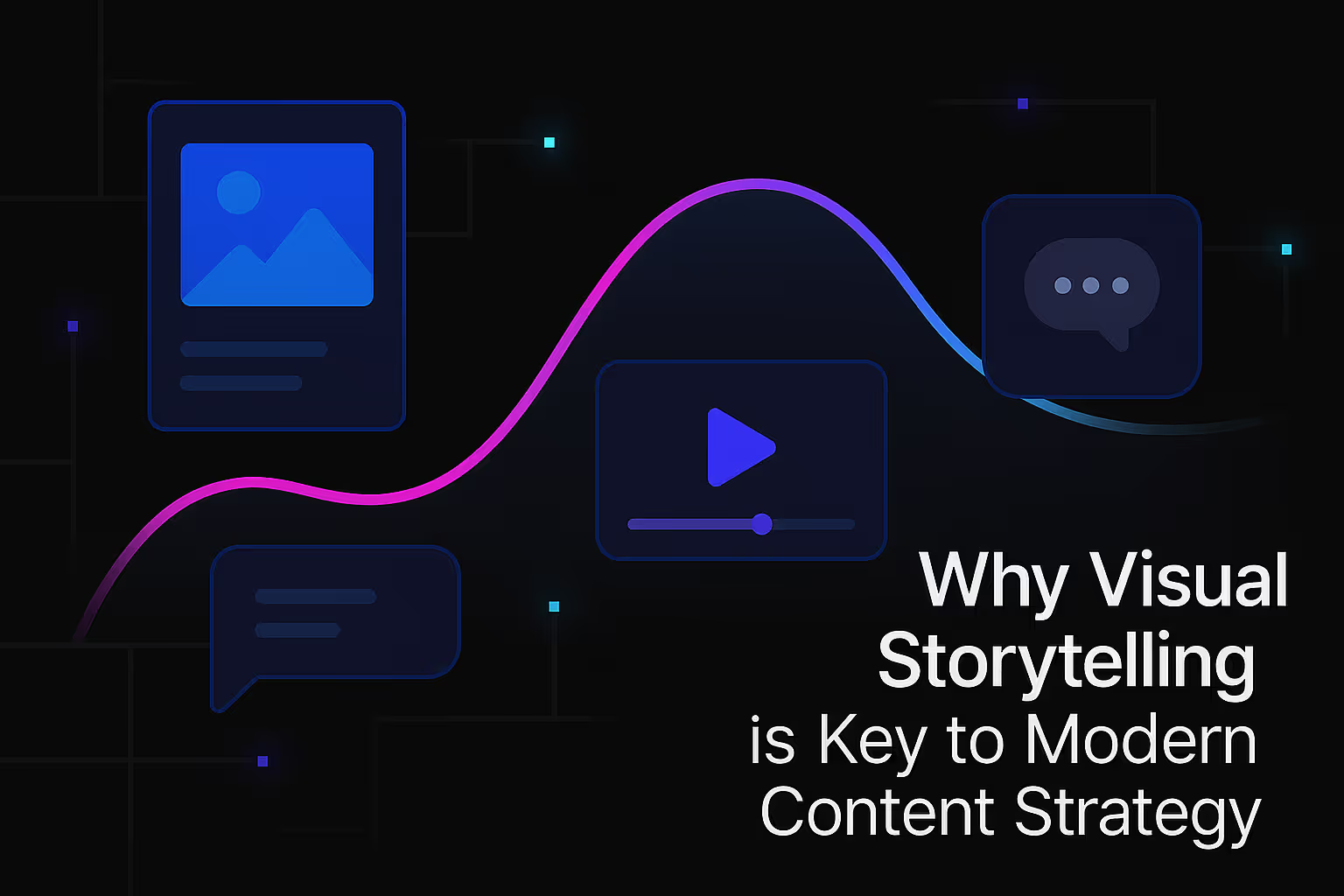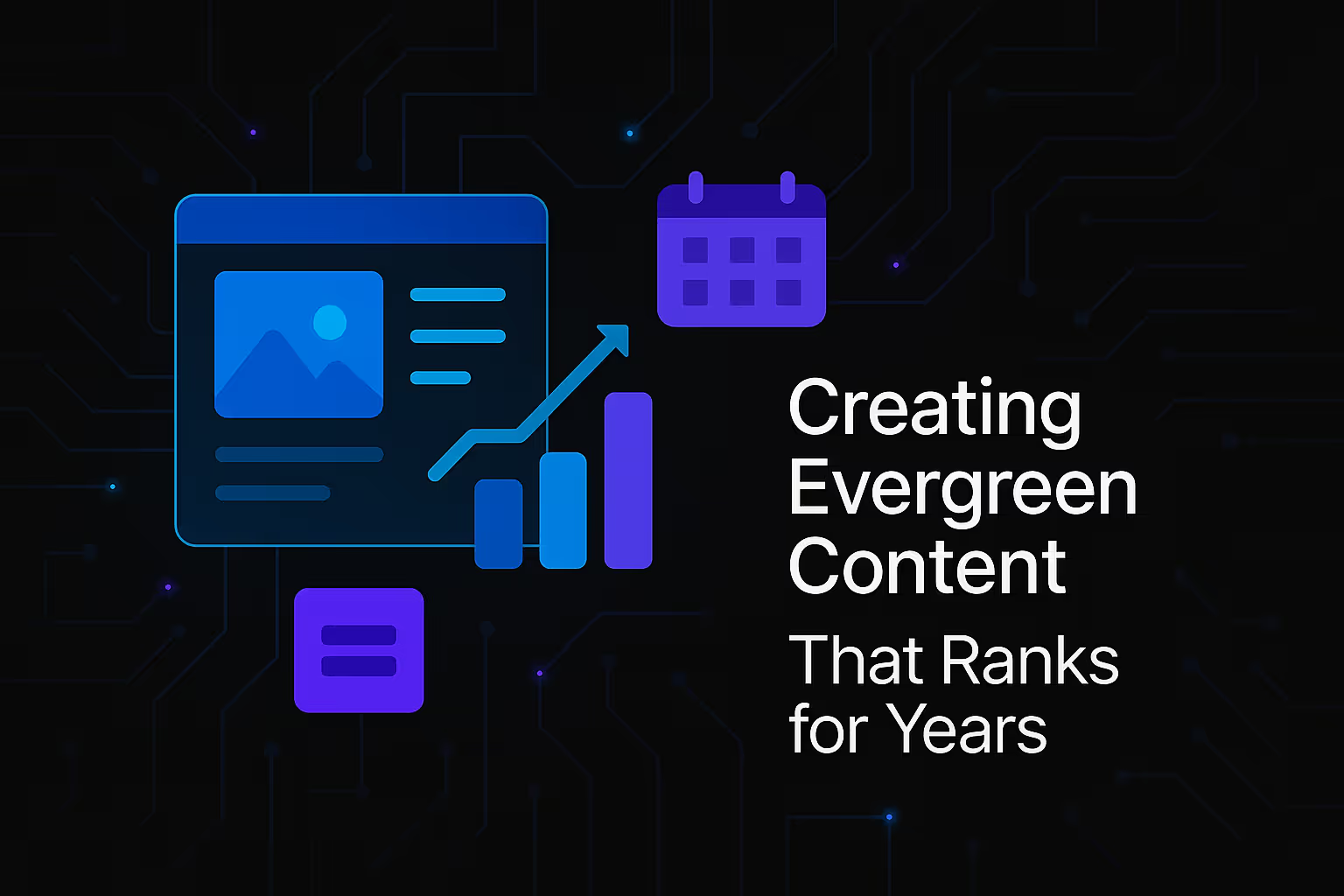The Power of Content Clusters for SEO

In the ever-evolving landscape of search engine optimization, strategies that once guaranteed top rankings now often fall short. The days of simply stuffing keywords onto a page and hoping for the best are long gone. Modern SEO demands a far more sophisticated, holistic approach, one that prioritizes genuine value for the user and demonstrates deep topical authority to search engines. This fundamental shift has brought forth the prominence of content clusters – a strategic framework that is transforming how businesses approach content creation and significantly impacting their organic visibility.
Content clusters represent a paradigm shift from a fragmented, keyword-centric strategy to an interconnected, topic-centric model. Instead of publishing isolated blog posts that each target a single keyword, content clustering involves organizing your website’s content into comprehensive, interconnected groups around broad, overarching subjects. This methodology not only enhances your website's structural integrity but, more importantly, signals to search engines that you possess profound expertise and authority on a given topic, ultimately driving superior organic performance. It’s about building a web of interconnected knowledge that serves the user thoroughly and earns the trust of algorithms.
Beyond Keywords: Understanding the Shift in Search Engine Logic
To truly grasp the power of content clusters, one must first understand how search engines, particularly Google, have evolved in their interpretation of content and user intent. The journey of search has moved dramatically beyond rudimentary keyword matching to a far more intelligent and nuanced understanding of information.
From Strings to Semantics: How Google Interprets Intent
Early search engines operated much like sophisticated dictionaries, matching search queries directly with keywords found on web pages. If your page contained the exact phrase a user typed, it had a good chance of ranking. However, this simplistic approach often led to irrelevant results and rewarded superficial, keyword-stuffed content. Google, through continuous advancements, particularly with its reliance on artificial intelligence and machine learning, has fundamentally changed the game.
Today, search engines don't just look for keywords; they strive to understand the semantic meaning behind a user's query and the broader context of the content. They can discern synonyms, related concepts, and the underlying intent behind a search. For instance, a search for "best way to brew coffee at home" isn't just about matching those specific words; Google understands the user is looking for brewing methods, equipment, tips, and perhaps even different types of coffee beans. This shift means that content which comprehensively addresses a topic, exploring its various facets and related concepts, will naturally outperform content that merely repeats a target keyword. Semantic understanding is about connecting the dots, providing a holistic answer rather than a fragmented one.
The User at the Core: Why "People-First" Content Wins
At the heart of Google's algorithmic evolution is an unwavering commitment to serving the user. The overarching principle is to provide helpful, reliable, and genuinely valuable content that directly addresses a user's needs and queries. This "people-first" philosophy is paramount. Search engines actively seek to reward websites that demonstrate genuine experience, expertise, authoritativeness, and trustworthiness in their content.
This means your content must not only be accurate and well-researched but also reflect a deep understanding of the subject matter, ideally stemming from real-world experience. It should be presented in a way that establishes you or your brand as a credible and authoritative source. Trust is built through consistency, accuracy, and a clear demonstration of knowledge. When content is created with the user's satisfaction as the primary goal, focusing on providing comprehensive and trustworthy answers, it naturally aligns with what search engines are designed to promote. Content that merely attempts to manipulate algorithms without offering genuine value is increasingly penalized, underscoring the importance of a user-centric approach in every piece of content published.
What Are Content Clusters? A Strategic Approach to Topical Authority
Understanding the shift towards semantic search and user-centricity paves the way for appreciating the structure and strategic advantage of content clusters. A content cluster strategy is essentially an organized, interconnected system of content designed to establish comprehensive topical authority.
The Pillar Page: Your Central Hub of Knowledge
At the core of every content cluster is a pillar page. Think of the pillar page as a comprehensive, high-level guide on a broad topic. It's a cornerstone piece of content that provides a thorough overview of a subject, answering many of the fundamental questions a user might have. This page is usually longer than a typical blog post, often covering a wide range of sub-topics within its main theme.
For example, if your broad topic is "digital marketing," your pillar page might be titled "The Ultimate Guide to Digital Marketing" or "Mastering Digital Marketing: A Comprehensive Overview." This page would briefly touch upon various aspects like SEO, social media marketing, email marketing, content marketing, and paid advertising. The goal of the pillar page is not to go into extreme depth on every single sub-topic, but rather to provide a well-structured, authoritative summary that establishes your site as a go-to resource for the main subject. It acts as the central reference point, guiding users and search engines to deeper information.
Cluster Content: Deep Dives and Specific Answers
Branching out from the pillar page are numerous pieces of cluster content. These are individual blog posts, articles, or guides that delve into specific sub-topics mentioned in the pillar page. Each piece of cluster content focuses on a narrower, more specific aspect of the broader topic, often targeting long-tail keywords and answering very particular user queries.
Continuing our "digital marketing" example, individual cluster content pieces might be: "Advanced SEO Strategies for Small Businesses," "How to Create an Effective Email Marketing Funnel," "The Role of Instagram in B2B Social Media," or "Understanding Google Ads Bidding Strategies." Each of these articles provides in-depth information on its specific sub-topic, offering detailed insights, practical advice, and comprehensive answers that a pillar page could only touch upon. The interconnectedness of these cluster pieces with the main pillar is crucial for building a cohesive content strategy.
The Interlinking Web: Connecting Ideas and Boosting Discoverability
The true power of content clusters lies in the intricate web of internal links that connect the pillar page to its cluster content, and often, connect related cluster pieces to each other. Every cluster piece links back to the central pillar page, and the pillar page, in turn, links out to its various supporting cluster articles. This strategic internal linking serves multiple vital purposes.
Firstly, it significantly enhances user experience. When a user lands on your pillar page, they can easily navigate to more specific, in-depth information on sub-topics that pique their interest. Conversely, if they land on a cluster piece, they can easily find the broader context on the pillar page. This seamless navigation keeps users engaged on your site for longer, exploring more of your valuable content.
Secondly, and perhaps most critically for SEO, internal linking signals topical relevance and authority to search engines. When numerous, highly relevant articles link back to a central pillar, Google's crawlers understand that the pillar page is a highly authoritative and comprehensive resource on that broad topic. This interconnected structure helps distribute "link equity" or "PageRank" throughout your site, strengthening the authority of all linked pages. It aids Googlebot in discovering and indexing your content more efficiently, ensuring that valuable pages aren't overlooked. A well-constructed internal linking strategy inherently improves crawlability and helps search engines understand the relationships between different pieces of content, solidifying your site's topical relevance.
The Tangible Benefits of Implementing Content Clusters for SEO
The strategic adoption of content clusters delivers a multitude of measurable benefits that directly contribute to superior SEO performance. These advantages extend beyond mere keyword rankings, impacting overall site authority, user engagement, and long-term organic growth.
Elevating Topical Authority and Expertise
One of the most profound benefits of content clusters is their ability to establish and reinforce your website's topical authority. By systematically covering a broad subject and its various sub-topics in depth, you demonstrate comprehensive knowledge to both users and search engines. This systematic approach directly aligns with the principles of experience, expertise, authoritativeness, and trustworthiness. When search engines recognize that your site offers extensive and reliable information on a specific topic, they are more likely to view you as a leading authority. This elevated status often translates into higher rankings across a wider range of related search queries, drawing in more qualified organic traffic. It shifts your site from being a collection of disparate articles to a respected knowledge hub.
Enhancing User Experience and Engagement
A well-organized content cluster model inherently provides a superior user experience. Users arriving on your pillar page can easily explore related sub-topics, while those landing on specific cluster articles can readily navigate to the broader context. This intuitive navigation allows users to quickly find comprehensive answers to their questions and discover additional relevant information without having to leave your site and conduct new searches. This leads to increased time on site, lower bounce rates, and more page views – all positive signals that search engines interpret as user satisfaction. When users consistently find what they're looking for and enjoy their experience, it reinforces your site's value and relevance.
Boosting Organic Visibility Across a Broader Keyword Spectrum
Content clusters allow you to effectively target a much broader and more diverse range of keywords than traditional, isolated content strategies. The pillar page targets high-volume, broad keywords, while the numerous cluster articles target specific, often long-tail keywords and variations of the main topic. This semantic expansion means your site becomes visible for a vast array of related queries that individually might not have high search volume but collectively can drive significant traffic. Search engines, understanding the semantic relationships between your pillar and cluster content, can then match your comprehensive answers to a wider array of user intents, significantly expanding your organic footprint. This approach naturally embraces semantic understanding over simple keyword matching, yielding more comprehensive search visibility.
Streamlining Content Creation and Internal Link Building
Beyond the immediate SEO benefits, content clusters offer significant advantages in terms of content planning and internal linking efficiency. Once a pillar topic is identified, the process of brainstorming supporting cluster ideas becomes much clearer and more organized. You gain a strategic roadmap for future content, ensuring every new piece contributes to building a stronger topical authority. Furthermore, the very structure of content clusters makes internal link building a natural and intuitive process. Instead of haphazardly linking pages, you have a defined system where cluster pages naturally link to the pillar, and the pillar naturally links to its clusters, ensuring valuable link equity is distributed logically and effectively throughout your site. This organized approach also aids in proactively managing your crawl budget by ensuring that important pages are easily discoverable and consistently reinforced.
Improved Crawlability and Indexing Efficiency
From a technical SEO perspective, the structured nature of content clusters significantly improves your site's crawlability and indexing efficiency. Search engine crawlers like Googlebot navigate the web by following links. A robust internal linking structure, like that found in content clusters, provides clear pathways for crawlers to discover all your relevant pages. This means fewer pages are left undiscovered or poorly indexed. By clearly demonstrating the relationships between pages through consistent internal linking, you help search engines understand your site's architecture and the topical focus of your content. This proactive guidance ensures that valuable content is discovered, indexed, and made available in search results, optimizing the crawl budget allocated to your site and preventing valuable resources from being wasted on less important areas. It also helps in identifying and managing potential duplicate content issues by clearly signaling canonical versions of information.
Building Your Own Powerful Content Clusters: A Step-by-Step Guide
Implementing content clusters requires a strategic approach, moving away from ad-hoc content creation to a more organized and interconnected system. The process involves careful planning, quality content production, and disciplined execution of internal linking.
Identifying Your Core Pillar Topics
The first crucial step is to identify the broad, overarching topics that are most relevant to your business, your audience's needs, and your overall content strategy. These are the topics around which your pillar pages will be built. Begin by considering your target audience's common pain points, questions, and interests. Think about the high-level problems your products or services solve. Conduct thorough keyword research, but go beyond individual terms to identify broad themes and concepts that have significant search volume and numerous related sub-topics. Your pillar topics should be comprehensive enough to warrant extensive cluster content but focused enough to be manageable. For instance, "sustainable living" could be a pillar, rather than something as broad as "lifestyle."
Brainstorming Supporting Cluster Content Ideas
Once your pillar topics are established, the next phase involves brainstorming a wealth of supporting cluster content ideas. For each pillar, identify all the detailed sub-topics, specific questions, and related concepts that a user interested in the main pillar topic might search for. Think about the "how-to" guides, definitions, comparisons, case studies, and advanced strategies that can expand upon the broad overview presented in your pillar page. Leverage keyword research tools, "people also ask" sections in search results, competitor analysis, and your own customer support inquiries to uncover these specific content opportunities. Each cluster piece should provide an in-depth exploration of its chosen sub-topic, offering definitive answers and actionable insights.
Crafting Compelling Content with E-E-A-T in Mind
With your pillar and cluster topics defined, the emphasis shifts to content creation. This is where the principles of experience, expertise, authoritativeness, and trustworthiness come to the forefront. Every piece of content, whether a pillar or a cluster article, must be high-quality, accurate, and genuinely valuable to the reader. Ensure your content is well-researched, fact-checked, and presented in a clear, engaging manner. If appropriate, incorporate real-world examples, case studies, or personal experiences to demonstrate genuine expertise. For the pillar page, focus on comprehensive breadth. For cluster content, focus on meticulous depth. The aim is not just to inform but to build credibility and trust with your audience, signaling to search engines that your site is a reliable source of information.
Mastering the Art of Internal Linking
Internal linking is the connective tissue of your content clusters and is absolutely critical for their success. Every cluster page must link back to its respective pillar page, ideally using relevant and descriptive anchor text that accurately reflects the content of the pillar. The pillar page, in turn, should link out to all of its supporting cluster articles. Beyond this core connection, consider strategically linking between related cluster articles where it makes sense for user navigation and to further reinforce semantic relationships. Avoid generic anchor text like "click here"; instead, use phrases that incorporate relevant keywords or describe the linked content. Consistent and logical internal linking helps search engines understand the thematic relationships across your site, boosts the authority of your pillar content, and efficiently guides crawlers through your valuable information.
Technical Considerations for Cluster Success
While content clusters are primarily a content strategy, certain technical SEO considerations are vital for their optimal performance. First and foremost, ensure all your content is easily crawlable by search engines. Avoid hiding valuable content behind complex JavaScript that crawlers might struggle to render. Make sure all essential resources like images and CSS files are accessible to Googlebot. Regularly check your sitemaps to ensure they are up-to-date, particularly when new pillar or cluster content is published, as sitemaps play a crucial role in encouraging and prioritizing the crawling of important pages. Pay attention to metadata, ensuring that title tags and meta descriptions for both pillar and cluster pages are optimized for relevance and click-through rates. Finally, be mindful of potential duplicate content issues. While content clusters involve related topics, ensure each piece offers unique value and isn't simply a rehash. If very similar content exists, consider using canonical tags to signal the preferred version to search engines, preventing any confusion and optimizing your crawl budget.
Future-Proofing Your SEO Strategy with Content Clusters
In a digital landscape characterized by constant change, a robust and adaptable SEO strategy is invaluable. Content clusters, by their very design, offer a degree of future-proofing that isolated content approaches simply cannot match. They align with the fundamental direction of search engine evolution: prioritizing user value and semantic understanding.
Adapting to Algorithm Changes
Search engine algorithms are continuously updated, often with a focus on improving the quality and relevance of search results. Content clusters, built on the principles of user-centricity, semantic depth, and topical authority, are inherently more resilient to these changes. When Google rolls out updates designed to reward expert, trustworthy, and helpful content, sites with well-developed content clusters are often the beneficiaries. They don't rely on fleeting tactics but rather on building a foundational knowledge base that genuinely serves the user. This makes them a more stable and sustainable long-term SEO investment, less susceptible to the volatility of algorithmic shifts.
The Long-Term ROI of Topical Authority
Building comprehensive topical authority through content clusters is not an overnight endeavor. It requires consistent effort, meticulous planning, and a commitment to producing high-quality content. However, the long-term return on investment (ROI) is substantial. As your site steadily establishes itself as the go-to resource for specific topics, you'll experience compounding benefits: increased organic traffic, higher search rankings, improved brand visibility, and ultimately, more conversions. This sustained organic growth is far more valuable than short-term keyword wins, as it builds a durable competitive advantage. Content clusters represent a strategic asset that continues to deliver value, driving qualified leads and fostering a loyal audience by consistently proving your expertise and trustworthiness. They enable a continuous learning and adaptation loop, as you identify content gaps and expand your clusters based on performance data and evolving user needs, ensuring your strategy remains at the forefront of SEO efficacy.
Similar Insights
Stay Updated with Our Insights
Join our newsletter for the latest trends and tips in web development and digital marketing.




